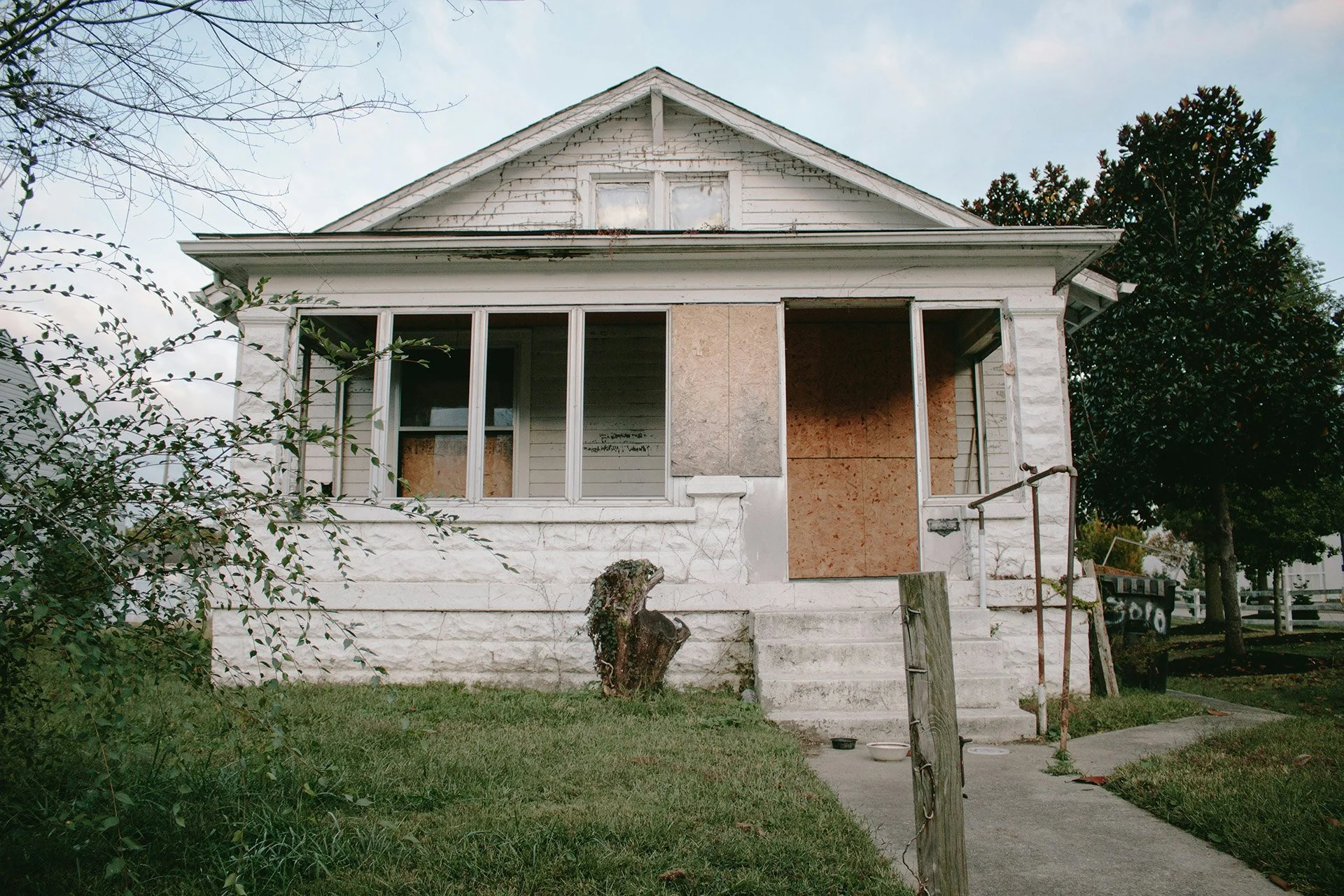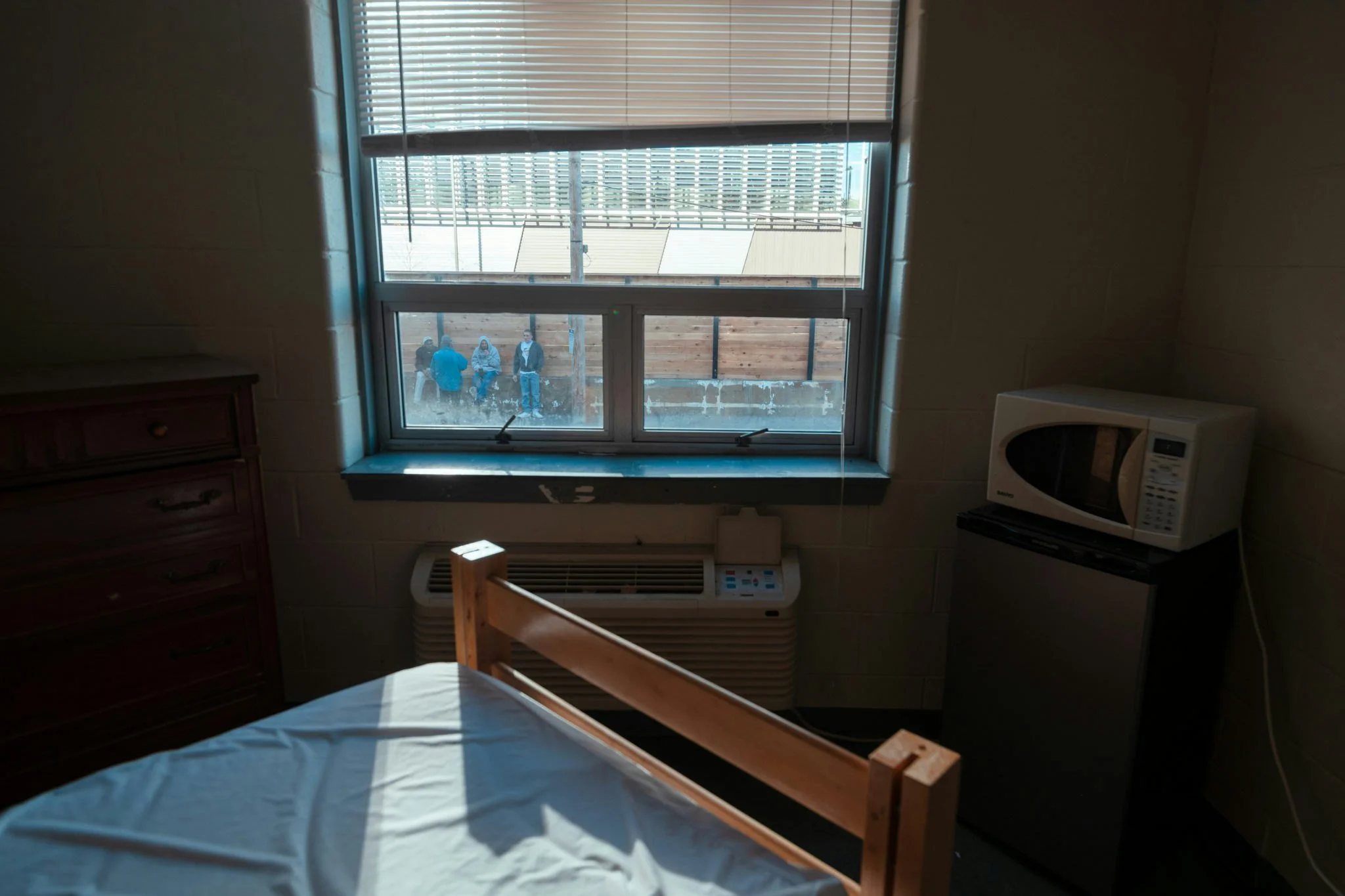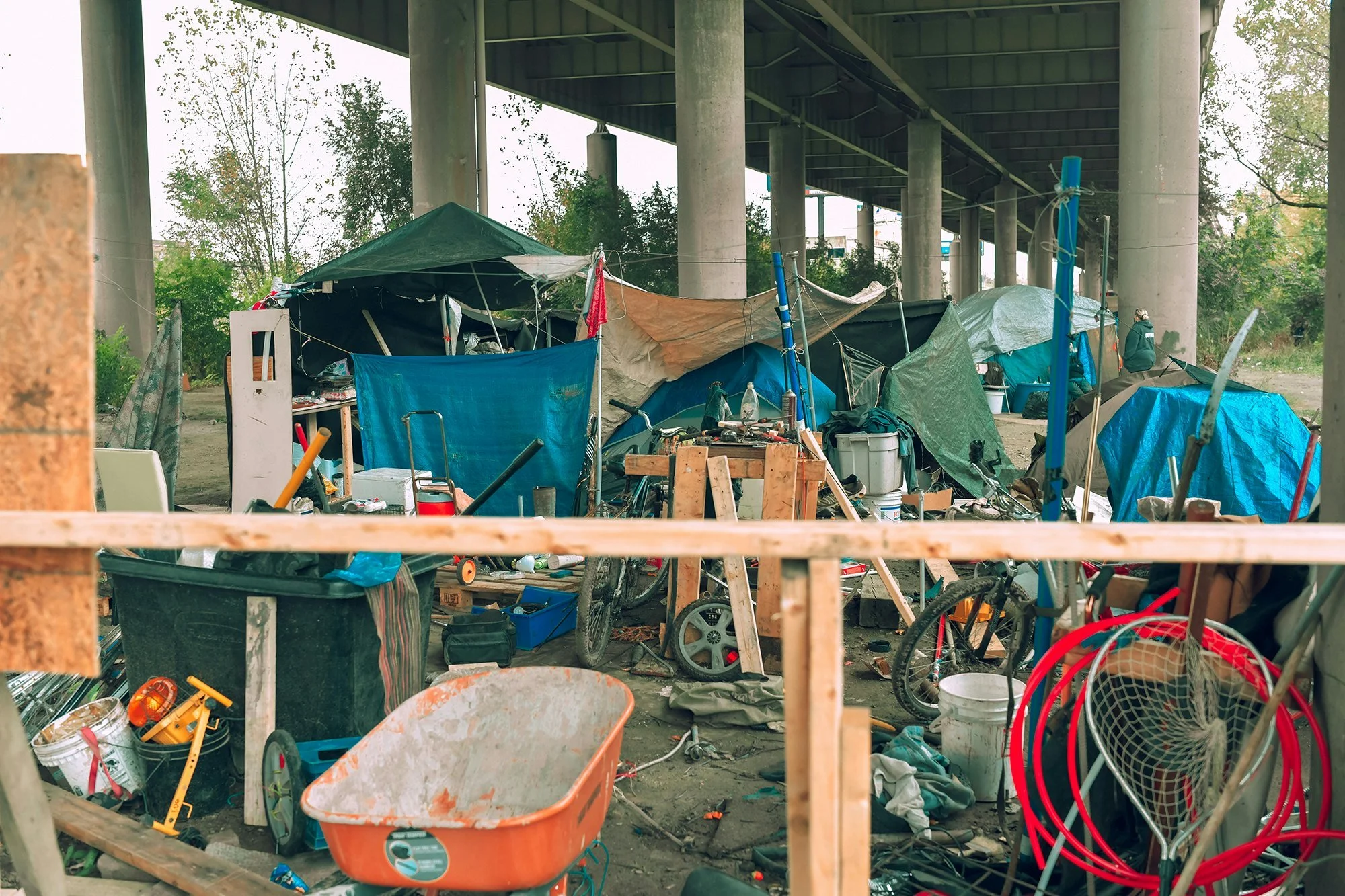It's Expensive To Be Poor: Housing
When Jasmine and her two kids had to move out of their apartment after the building was sold, she faced an impossible choice. She didn’t have $1,200 saved for the deposit and first month’s rent on a new unit. Without it, she bounced between weekly motels, paying nearly three times more each month than she would have spent on stable housing. The lack of upfront cash kept her locked in instability, draining her resources faster than she could save.
Jasmine’s story is all too common: for families living on the edge, housing isn’t just expensive - it’s disproportionately costly in ways that trap people in cycles of poverty.
The Hidden Costs of Housing
Affordable doesn’t mean livable → Units labeled as “affordable” are often in poor condition, leaving tenants with sky-high utility bills. Some pay three times more on energy than neighbors in better-maintained homes .
Upfront costs as barriers → Security deposits and first month’s rent require lump sums low-income families often can’t access. Without it, families pay more in motels or unstable rentals.
Supply and demand gap → In Louisville, there are nearly 18,000 fewer affordable units than needed for extremely low-income families . That demand allows landlords to exploit tenants with little incentive to make repairs.
Property taxes hit harder → For low-income homeowners, property taxes take up a greater share of monthly earnings, compounding the strain of already high housing costs.
Why This Matters
Housing is more than shelter - it’s the foundation for stability. Without it, families face:
Financial instability → Constantly paying more for short-term or inefficient housing keeps families from saving or investing.
Health risks → Poor housing conditions (mold, pests, bad insulation) directly affect physical and mental health.
Community disruption → Families forced into constant moves lose connections to schools, churches, and neighborhoods.
Housing instability doesn’t just cost more - it costs families their future.
What Can Be Done
At the Systems Level
Expand affordable housing stock through local development incentives.
Support energy efficiency programs so low-income families aren’t penalized with higher utilities.
Reform deposit and eviction practices that keep families locked out of stable housing.
Protect funding for HUD and other affordable housing initiatives.
At the Personal Level
Advocate locally for policies that increase affordable housing supply and protect renters’ rights.
Support organizations providing rental assistance or housing advocacy.
Invest in housing solutions - from community land trusts to creative financing tools.
Listen to stories of those facing housing insecurity and share them widely to build empathy and momentum for change.
A Call to Action
This post is part of our “It’s Expensive to Be Poor” series, exploring the hidden costs families face in banking, transportation, workforce, and housing.
Keep reading the series:
Dive deeper into stories:
Housing should provide stability, not strain. But until we address these structural inequities, it will remain yet another way that it’s expensive to be poor.
(Originally posted September 2018, updated October 2025)




